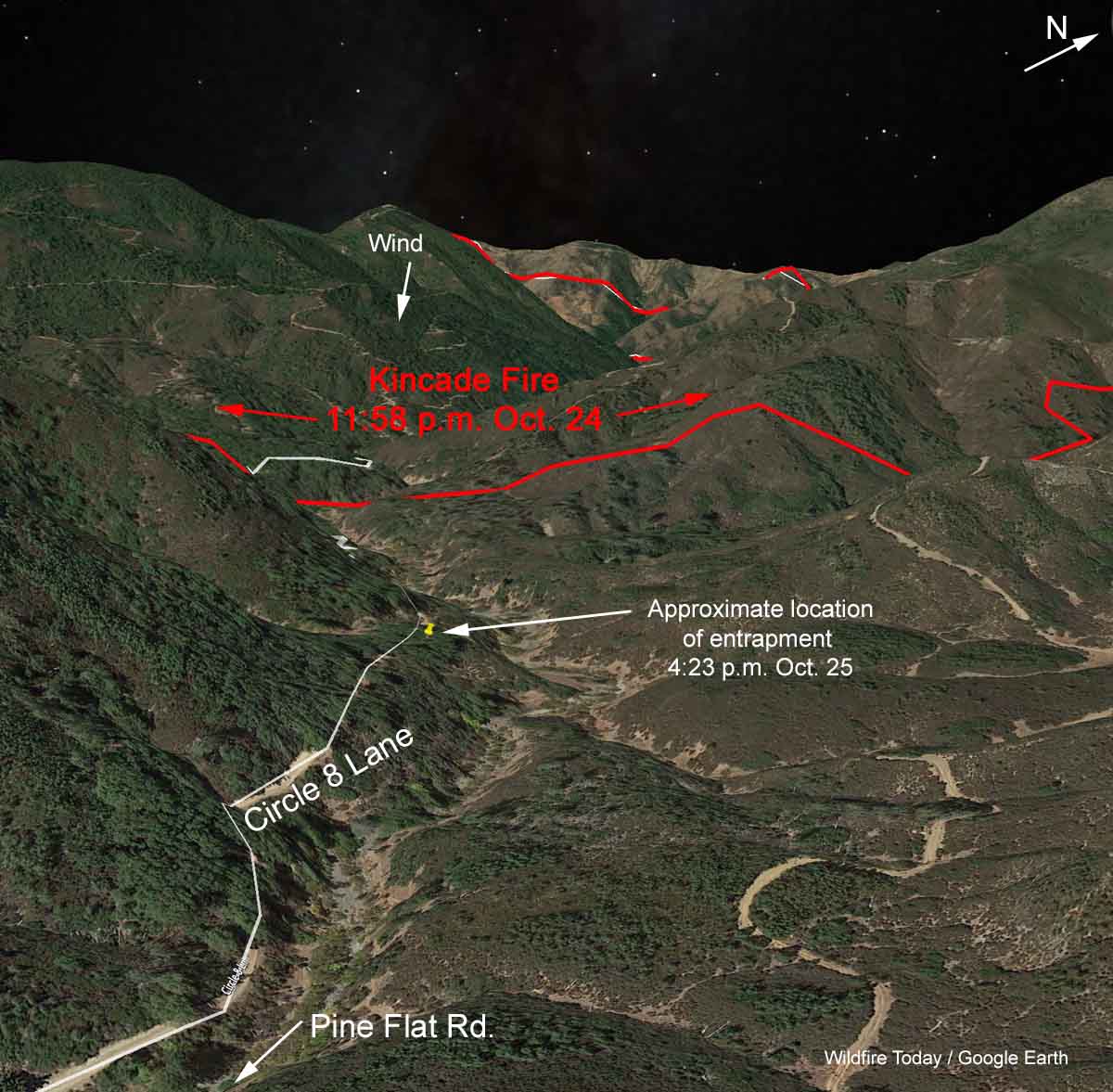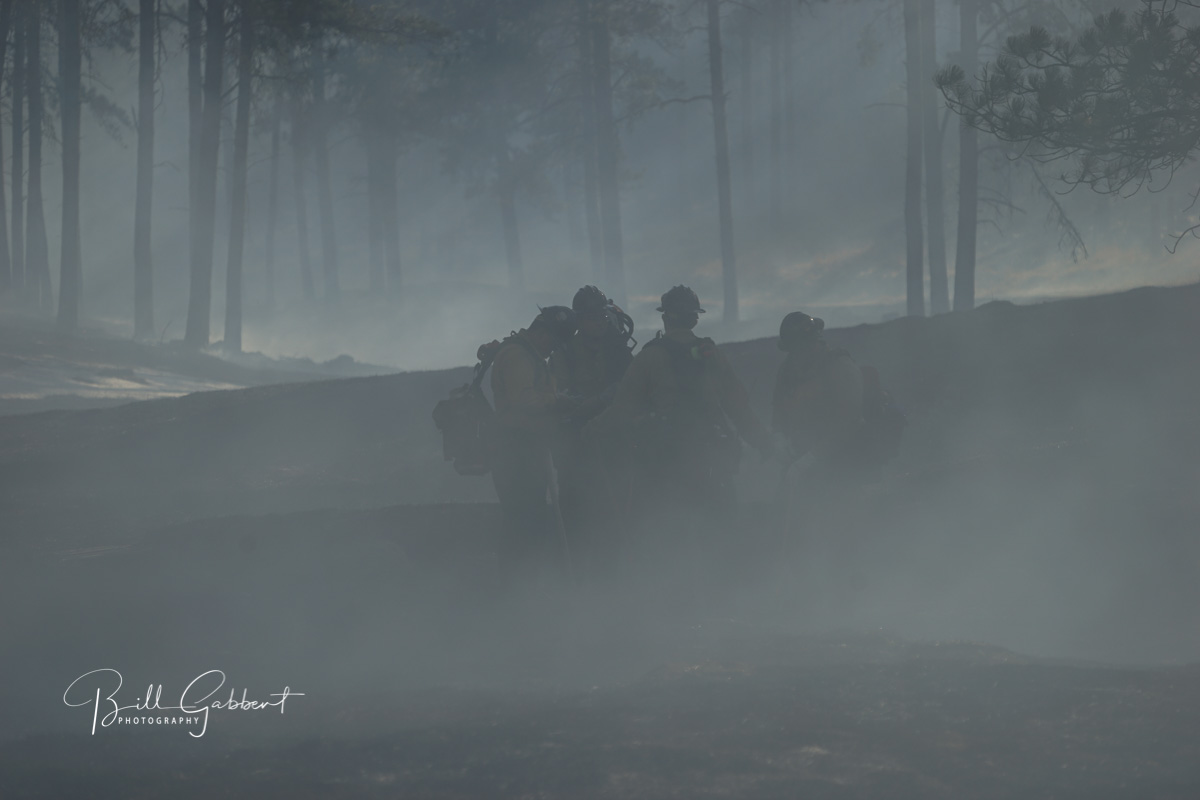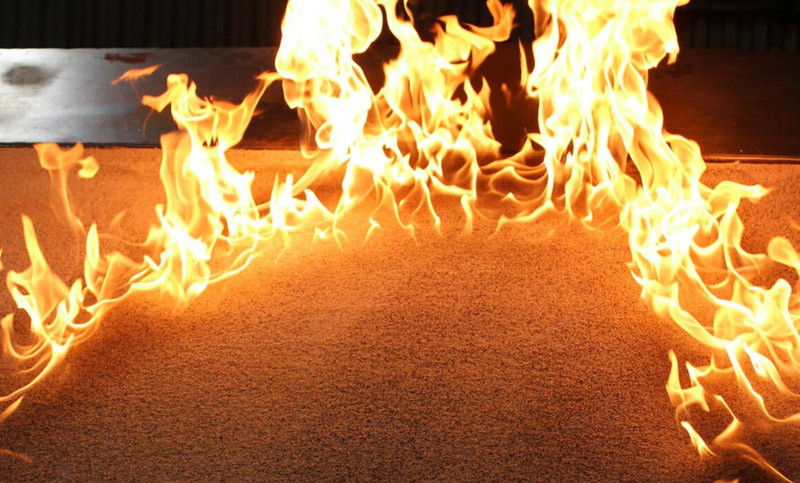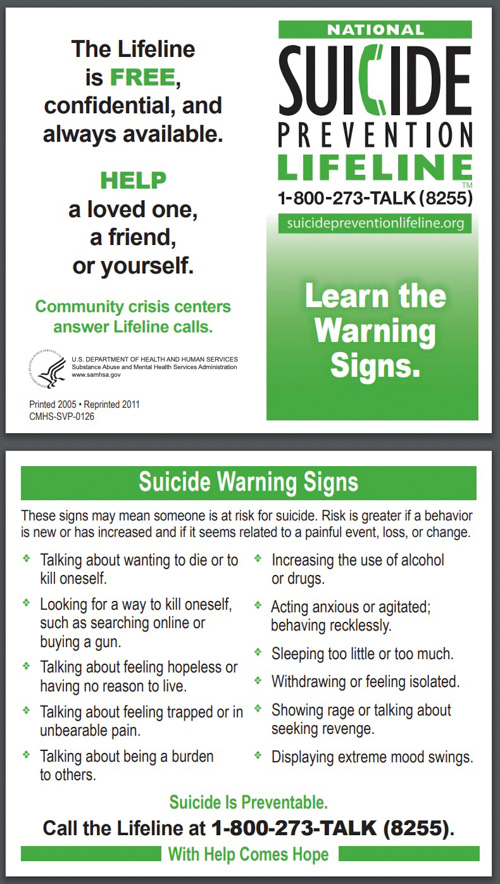Above: Homes being rebuilt in the Coffey Park area of Santa Rosa. Screenshot from Sacramento Bee video.
In Santa Rosa, California the 1,200 homes that were destroyed in the 2017 Tubbs Fire are being rebuilt without a requirement that they adhere to the stricter building codes required in rural areas of California that would make them more resistant to being consumed in the next wildfire.
From the Sacramento Bee:
…Coffey Park [neighborhood] is rebuilding quickly: The community organization Coffey Strong says more than half of the 1,200 homes that burned down in 2017 are finished, and hundreds more are under construction.
But some wildfire experts wonder if Coffey Park isn’t courting danger by ignoring a state building code designed for wildfire-prone areas.
“They’re setting themselves up for the next disaster,” said Chris Dicus, a wildfire expert at Cal Poly San Luis Obispo. “I was disappointed to see they didn’t build up to code.”
Coffey Park residents seem resigned to the risk of another fire. They consider it part of the cost of living in a neighborhood they love. When asked about building codes, they say yes, another monster like the Tubbs Fire would be devastating — but no amount of fire-resistant roofing would likely change that.
“If it’s going to burn down, it’s going to burn down,” said Charlie Catlett, a retired physician who moved back home a little more than a week ago, after the latest evacuations were over.
Chapter 7A of the California Building Code designed for the state’s areas at high risk from wildfire can be optionally adopted by cities, but is mandatory in rural areas designated by CAL FIRE as being at high risk of wildfires. It lays out standards for roofs, exterior walls, vents in exterior walls and attics, windows, exterior doors, decking, and outbuildings.
Analysts studying the aftermath of the Camp Fire which destroyed much of Paradise, California found that homes built to fire-safe standards had a much higher survival rate than those that were not. Beginning in 2008 new construction in the city was required to follow Chapter 7A. Fifty-one percent of the homes built under that standard survived, while only eighteen percent built before 2008 did.
Headwaters Economics found that the cost of building a fire-resistant home is about the same as a standard home.
Adopting sensible building codes is very important, but a holistic approach is required to keep from repeating wildfire disasters:
- Home spacing/ lot size
- Envelope of the structure itself
- Home ignition zone
- Community infrastructure and planning
- Wildland-urban interface
In April, 2019, we covered these five categories in more detail.










